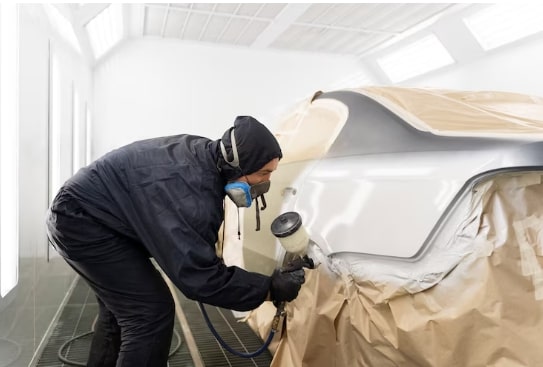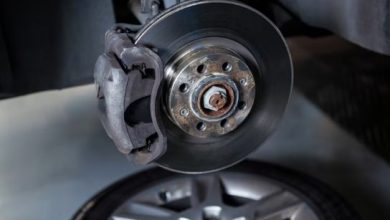Sort Of Paint For Vehicles – Get full detail Here!

There are many different types of paint available for cars and the choice depends on the look you want to achieve. Some are more difficult to apply than others, so it’s important to know what you’re getting into before you decide.
The basic materials used to make paint are binder, pigment, and carrier agent. These can come in liquid, spray, or powder form.
In this paragraph, we discuss Type Of Paint For Cars.Choosing the right paint is a critical part of any painting project. It can completely change the look of a piece and make or break its final impact. There are a variety of different types of paint, each with its characteristics and advantages.
Among the most commonly used types of paint are oil, water-based, latex, and acrylic. These paints are durable, resistant to stains and weather, and they can be painted over in different colors.
Water-based paints are a good choice for painting interiors because they are more water-resistant than other paints. They are also less toxic than traditional oil-based paints.
In this paragraph, we discuss Type Of Paint For Cars.Another option is latex-based paint, which is considered environmentally friendly and is also more durable than other kinds of paint. These paints are easy to apply and dry quickly.
Some of the best-known types of paint are oils, which have been used for centuries to create masterpieces. They are made from linseed oil and pigments, which can be altered with solvents such as turpentine.
They are also highly resistant to heat, acid, and rust. They are a great choice for metals, wood, and surfaces that tend to stain easily.
Acrylic is a versatile paint that can be used for fine brushwork, glazing, staining, water media techniques, and much more. It is available in a wide range of colors and is ideal for beginner and professional artists alike.
Types of paint
In this paragraph, we discuss car painting types, types of automotive paints.There are many different types of paint for cars that can be found on the market today. It is important to know the pros and cons of each type to ensure you are getting the best product for your car.
There are four basic types of paint resins available for automotive paint. They include lacquer, enamel, urethane, and water-based.
Enamel paints are softer than urethanes and usually dry to a glossy finish. They are also less expensive than urethanes and are used on most new vehicles.
Urethane paints are hard, long-lasting, and resistant to stone chips and color fading. They are the most popular type of paint on the market and can be used on top of any existing paint.
They are non-toxic and can be applied to metal, primer, or even the entire vehicle. They do require a clear coat to protect the paint. They are great for the DIYer and make an excellent choice for a custom look to your vehicle.
Preparation
Preparation is the key to a quality paint job. Without proper preparation, you’ll likely see defects in the finish and you may also have adhesion issues.
In this paragraph, we discuss car painting types, types of automotive paints.Whether you’re looking to freshen up your car with a coat of paint or have it stripped to bare metal, the preparation process is essential for achieving a smooth and professional finish. We asked a few of our experts to share their tips on how to prep like a pro!
Preparing your vehicle for painting can take several hours, depending on the area you’re working on. So be sure to plan and allow time for each hands-on step (cleaning, sanding, priming, etc.) unless you’re working on a small section.
Application
A car’s paint plays a huge role in its overall appearance. Not only does it have to look good, but it has to be durable and resistant to corrosion and moisture.
There are different types of paint for cars and each one comes with its own set of advantages and disadvantages. They are water or solvent-based, and they can be applied in gloss, metallic, or pearlescent finishes.
The first step of the application process is the base coat. It is made up of a binder, a pigment, and a carrier agent.
After the base coat, a clear coating is added. The clear coating is essential to prevent abrasion and provide a protective layer against moisture and UV light.
The application process for auto paint varies depending on the type of finish and the car’s manufacturer. There are three basic techniques used to apply paint on production installations: spraying, dipping, and flow coating.
Finishing
The finishing process for paint for cars involves a wide range of techniques. The chemistry of the paints used in automotive finishing is important to ensure that they’re durable and can stand up to the elements and harsh conditions.
Good paint can also help slow down the breakdown of metals in a car. This is especially true if the metals are exposed to water, heat, or harmful chemicals.
Enamel paints are a common option for drivers and can help protect the paint. They also give a clean look to the vehicle.
The paint used for this finish has a small quantity of powdered metal added to it, which picks up and reflects more light. This helps the paint shine more brightly than solid acrylic or pearlescent paints.
Read more interesting articles at Global Blogging




